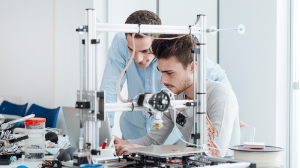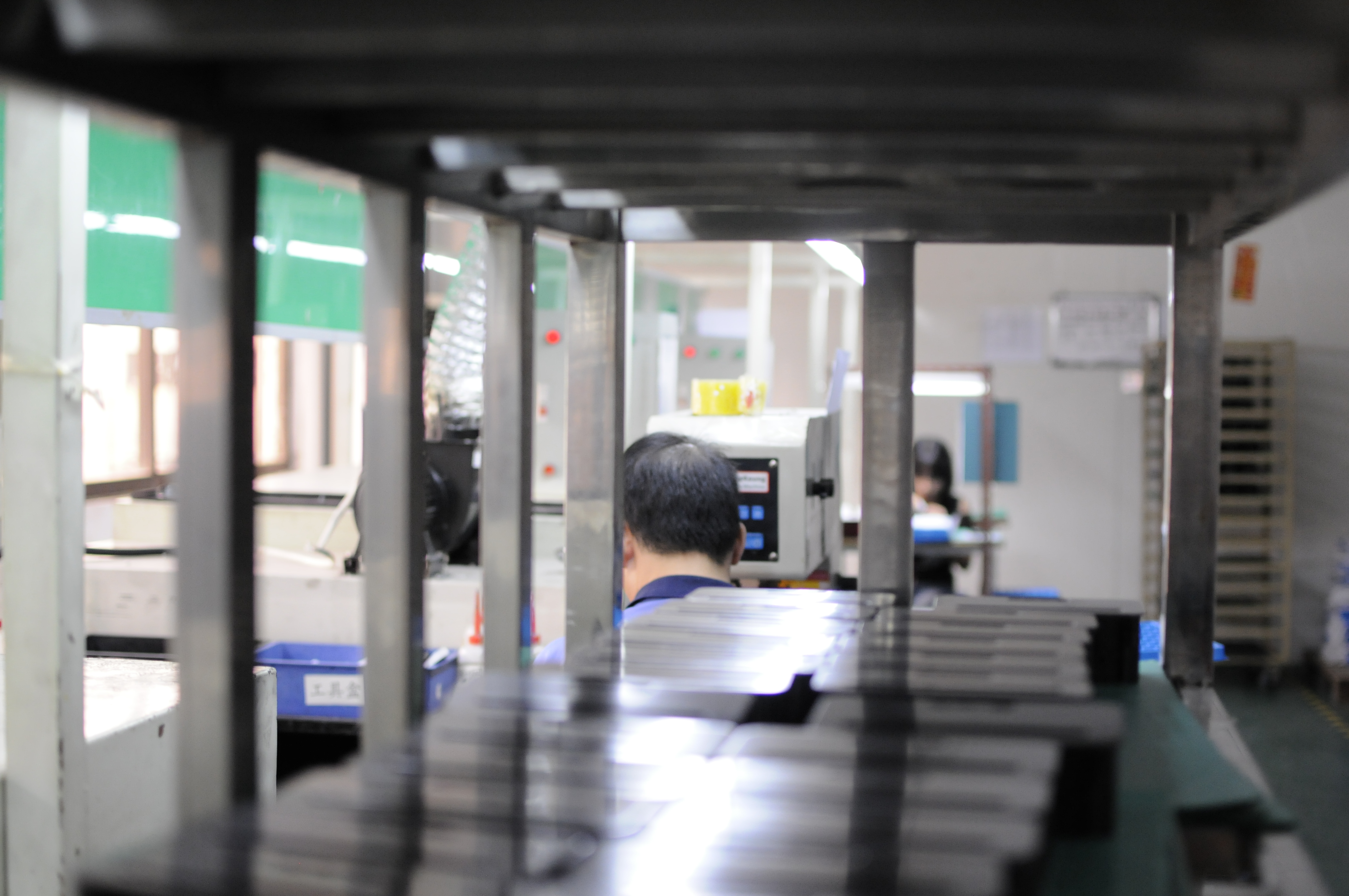Ask 10 engineers what the difference between product design and industrial prototype design is, and you’re likely to get 10 different answers. Several might be a variation on “There is no difference.” The rest will have different ideas depending on their background, experience, and their own position and job title. It’s difficult to definitively say whether there’s a right or wrong answer, but distinctions between product design and industrial prototype design exist. Drawing out and understanding those distinctions can be useful to your experience in working with a manufacturer partner, or even with your own colleagues, so let’s examine them further.
Is There Really a Difference Between Product Design and Industrial Prototype Design?
Let’s address that first answer that seemed like it might be the predominant one in our hypothetical survey: There is no difference between product design and industrial prototype design. Certainly, there are similarities between the two: After all, “designing a prototype” seems like it should inherently imply that you’re designing a product. Likewise, “designing a product” should inherently cover (at least if you’re following good product development practices) designing a prototype.
Moreover, industrial design in general is an extremely broad discipline, covering all manner of applications, products, industries, skills and areas of expertise. For some, that broad net — which certainly includes product design — means that the two are intrinsically related, and can’t be separated.
It’s easy to spot the similarities between product design and industrial prototype design and conclude that in fact, they don’t possess any differences. A deeper look, however, can prove more convincing that those differences are there.
What Is Product Design?
Let’s start by taking a high level look at what each of those terms covers, starting with product design. While in many ways it’s a self-explanatory term, we can explore some of the principles behind it.
Overall, product design is the practice of creating the way the end user will interact with and experience a product. It applies to nearly anything that is produced and consumed, from a pair of blue jeans to a 3/16-inch machine screw. The concept of product design and development isn’t limited only to tangible goods, however: The concept behind the term makes it broad enough to be widely used in software development as well.

A good product designer will think about the needs of the end user, and how to meet them. An even better product designer will think about the problems of the end user, and how to solve them. Let’s take that blue jeans example, for instance. Pants can certainly be designed to be purely functional — meeting the basic need of clothing, fitting the way they’re supposed to, and so on. Consumers will pay a steep markup, however, for jeans that go beyond functional. They want pants that fit better, that complement the way they look, that feel comfortable, and that will last longer. Optimally, product design for those jeans will take all those potential problems into consideration, and solve them.
Product design for industry is quite different in practice but similar in theory. Even for pure commodities, product design plays an important role in areas such as ensuring that components work properly and safely, that the proper materials are used, and can influence manufacturing efficiency and scalability — and thus, the bottom line.
That last area has some overlap with industrial design and industrial prototype design and can open the door to understanding the specifics of that practice.
What Is Industrial Prototype Design?
Industrial prototype design can be summarized as the first step toward taking the ideas and concepts laid out in product design and making them tangible. Before we move on, it’s important to note that product design is a tangible, in-depth and exact engineering discipline — we’re not just referring to product conceptualization when we talk about product design. Product designers go to great lengths to create highly detailed and workable drawings and models. Industrial prototype design can be seen as the handoff from the initial design stage to the production stage of manufacturing.

Industrial prototype designers trust in the functional viability of the product design that they receive, in other words, they trust that the product designer has solved the problems of the end user in their design. Industrial prototype design is more involved with solving the problems of manufacturability, production efficiency, material viability, quality assurance and more. The two disciplines overlap in that they are both also concerned with creating an effective, functional and safe product; and getting it to the end user as efficiently, quickly and cost-effectively as possible.
Let’s take one more look at those blue jeans, imagining the prototyping process after a handoff from product design. Perhaps a certain method of sewing that the product designer specified for fit and comfort can’t be used properly with the chosen type of denim. Different methods of cutting and assembling the fabric may be tested and fine-tuned by the industrial prototype designer, working in conjunction with product design to ensure that the product continues to perform as designed and intended. Maybe during the prototyping stage, the prototype designer may see that excess fabric can be reused for the hem or the belt loops of the jeans rather than being discarded (a revelation that wouldn’t have been likely to occur prior to seeing the proposed manufacturing process in action).
The above examples, again, while different in practice from what might occur for an industrial product, serve to illustrate how different product design and industrial prototype design can be. It’s important to remember, however, that neither one of these practices or stages of product development is more important than the other. Each is concerned with completing a different part of the development process, and each has its own priorities, methods, and results. Most importantly, good product design and industrial prototype design should always be focused on end users first, ensuring the best possible experience with their products, no matter what they might be.


